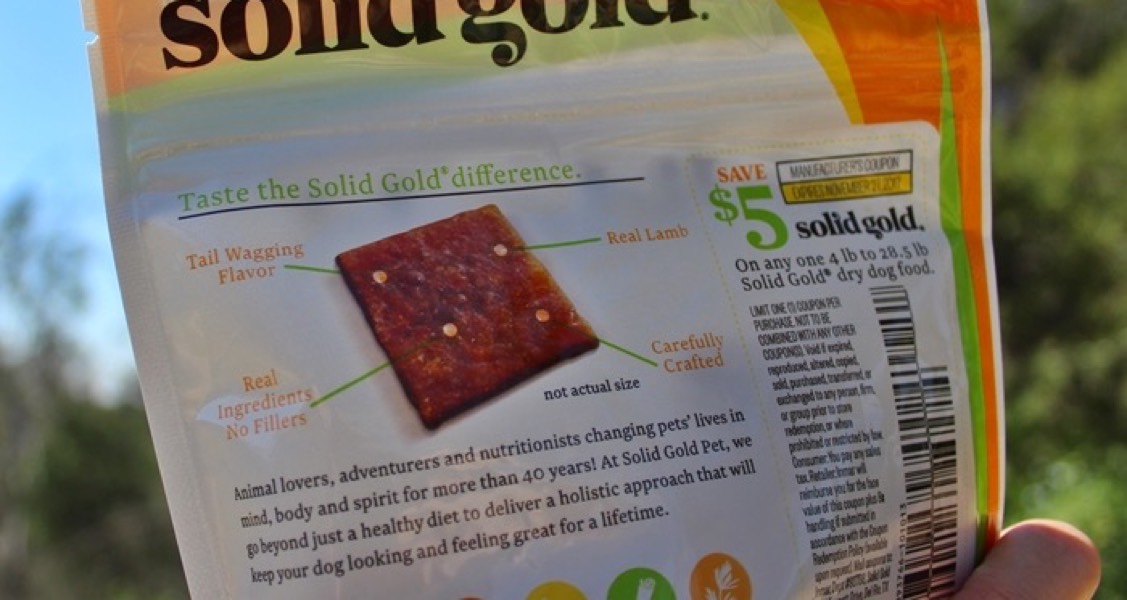Pet Dental Care Products 101: Active Ingredients
By: Ian Nicholson | Jul 25, 2022

Canine and feline periodontal diseases are all too common. The Journal of Veterinary Medical Science estimates that around 80% of dogs are affected. Meanwhile, MDPI reports that 70% of cats over age two develop gum disease.
To prevent or slow down periodontal disease, many pet parent use pastes, powders, or gels that clean their pets’ teeth. With so many options available, how do you choose one that effectively cleans your furry friend’s teeth? Knowing more about the active ingredients in pet dental care products can help you make an informed choice for your furbaby.
How Do Pet Dental Care Products Work?
Periodontal disease develops in dogs and cats when bacteria grow unchecked on teeth enamel. Eventually, it forms a sticky biofilm called plaque. As plaque builds up, it thickens and hardens into tartar. These mineralized deposits are hard to remove, but they also attract more plaque. Left unremedied, plaque bacteria infect the gums and lead to gingivitis. When this infection spreads into the teeth sockets and bones, it morphs into full-blown periodontal disease.
Daily toothbrushing disrupts the growth of bacteria, plaque, and tartar. Japanese researchers confirmed in a 2015 study that brushing removes microorganisms and biofilm from pets’ teeth. Dental care products made for pets improves the brushing process, helping clean away oral bacteria and their byproducts.
What Are Active Ingredients in Pet Dental Care Products?
Dog and cat dental care products formulas usually include abrasives and enzymes. Mild abrasives have a grainy texture, but they don’t harm tooth enamel: They gently scour away bacteria, plaque, food debris, and biofilm. Enzymatic dental care products for pets incorporates antimicrobial enzymes. These enzymes are proteins that speed up chemical reactions to rupture bacteria cell walls. They work best when combined with proper brushing technique, reducing bacterial growth that leads to periodontal disease.
What Abrasives Do Pet Dental Care Items Include?
Commonly used abrasives include silica, calcium carbonate, and dicalcium phosphate dihydrate. Some commercially available cat and dog dental care products include salt or sodium bicarbonate. However, salt and baking soda can upset dogs’ and cats’ stomachs.
What Enzymes Exist in Dog and Cat Dental Care Products?
Not every dentifrice for pets includes enzymes, but you’ll find them in many varieties. Manufacturers combine enzymes and abrasives in their cat and dog dental care products formulas to deliver a one-two punch to oral bacteria. Formulas vary by manufacturer, but you’ll notice three primary types of enzymes:
- Lactoperoxidase
- Glucose oxidase
- Lysozyme
Lactoperoxidase and lysozyme are antimicrobial enzymes in mammalian saliva that destroy bacteria cell walls. Glucose oxidase helps generate small amounts of hydrogen peroxide — enough to be effective but far below levels that can harm skin and membranes. Hydrogen peroxide converts thiocyanate, a byproduct in saliva left over from the metabolism of food, into hypothiocyanite.
Hydrogen peroxide, and hypothiocyanite are also antimicrobial agents. Meanwhile, hydrogen peroxide helps impede the further growth of microorganisms. Some pet dental care formulas include aspergillus niger fermentation extract, a popular source of the glucose oxidase needed for these processes to occur.
Are Enzymatic Dental Care Formulas Effective?
Japanese researchers examined the effects of brushing dogs’ teeth with a water-soaked brush in 2015. Daily brushing alone interfered with oral bacteria growth. However, the mild abrasives in many dentifrices make brushing easier for both pets and their human guardians.
Recent studies have looked at the effects of brushing with enzymatic dental care products in humans. As a 2019 report in the Journal of Dentistry reveals, enzymatic products were more effective in reducing plaque and promoting healthy gums versus commercially available dentifrices. A 2014 Rutgers University study found similar effects from enzymatic dental care products for dogs. However, more studies are needed.
Following the Fundamentals
The evidence is overwhelmingly clear: Daily brushing is the only way to keep your pet’s teeth and gums healthy. Brushing with cream or gel dentifrices can make this daily dental care regimen more effective. Active ingredients in pet dental care products should include mild abrasives to clear bacteria, plaque, and debris. Enzymes in these products may improve oral health outcomes, but confirming this requires more research. Next in this series, we’ll look at harmful ingredients you should not find in dental care formulas for pets.
Series Articles
- Pet Dental Care Products 101: What Pet Parents Should Know
- Pet Dental Care Products 101: Avoid These Ingredients
- Pet Dental Care Products 101: Decoding Product Claims
- Pet Dental Care Products 101: Flavors, Thickeners, and Preservatives


Disclaimer: healthcareforpets.com and its team of veterinarians and clinicians do not endorse any products, services, or recommended advice. All advice presented by our veterinarians, clinicians, tools, resources, etc is not meant to replace a regular physical exam and consultation with your primary veterinarian or other clinicians. We always encourage you to seek medical advice from your regular veterinarian.

